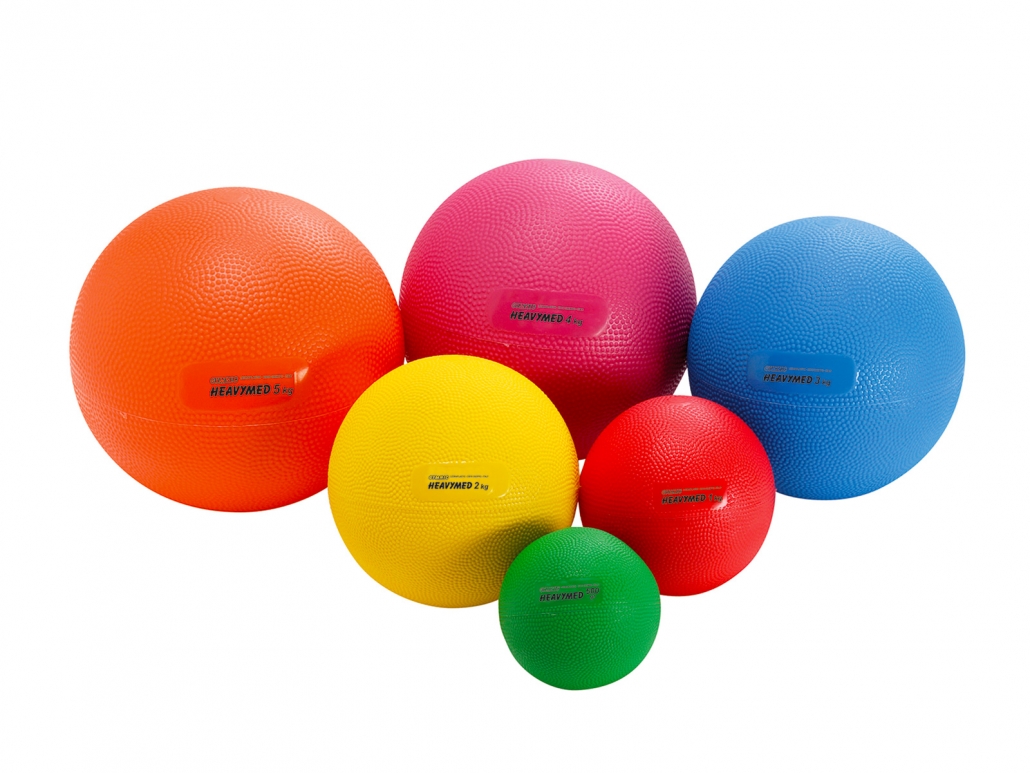Medicine Balls Australia | Medicine Ball Exercises and Safety
What is a Medicine Ball
A medicine ball is a weighted ball used for exercises to improve strength, fitness, and coordination. It is also used for rehabilitation for sportsmen to recover from injuries. Medicine ball is also called exercise ball, a med ball, or a fitness ball but it should not be confused with the inflated exercise ball which comes larger in size.
Medicine ball can be made of nylon, leather, vinyl, polyurethane, rubber, and other materials. Its standard diameter is 14 inches, but other sizes are also available.
History of Medicine Ball:
The origin of the modern medicine ball dates back 3,000 years ago when Persian wrestlers are trained with bladders that were filled with sand. In the time of ancient Greece, the famous Hippocrates stuffed animal skins with sand to create medicine balls. His patients were ordered to throw the balls back and forth as part of his rehabilitation therapy. In the 19th century, medicine ball was used for promoting health and it became one of the “4 Horsemen of Fitness” which includes the Indian club, dumbbell, and the wand.
Why use a Medicine Ball?
Medicine balls can be effective in improving core strength and muscular power most especially in the chest, arms and legs. Injured athletes use medicine ball training to recover their former strength and fitness. Medicine balls are also used for professional boxers to build strength in their abdominal muscles. Some schools also use medicine balls as fitness aids for students.
How to select a Medicine Ball:
Medicine balls have variety of sizes and weights ranging from a few inches in diameter (baseball-sized) to larger than a basketball and from 1 to 50 pounds and even heavier for athletes training for power. Most medicine balls are round, but there are also with built-in handles to improve gripping and in shapes such as footballs for sport-specific training. Smaller and lighter balls should be used for training speed. Heavier medicine balls would be utilized for strength-speed and power training.
Here are some helpful tips to consider in selecting a medicine ball:
- Consider whether the ball will be used for throwing, catching or added resistance.
- The ball must be heavy enough to slow the motion visibly but not so heavy that control and accuracy are lessened.
- If the exercises require bouncing the ball, a rubber ball should be selected. If the ball will be used for throwing and catching, a leather or nylon ball may be preferred.
- The size and shape of the medicine ball will vary depending on the exercise being performed.
Some Medicine Ball Exercises and Safety:
Some of the common medicine ball exercises include squats, single-leg V-ups, lunges, lunge crossovers, slams, crunches, oblique twists, reverse curls, overhead lateral flexion, standing Russian twists, kneel to push ups, diagonal chops, figure eights, hammer throws, sit-up passes, front lateral raises and two-arm wall passes .
Athletes should perform medicine ball exercises with the right techniques so that they can get the best results and prevent injuries. One should warm up thoroughly before starting the exercise with medicine balls. One should also choose a ball with the right weight as it will ensure that the exercises will be performed smoothly.
If you are interested to buy a medicine ball online, click here: Buy Medicine Ball




